Dygma Makes Ergonomics a Style Statement
Dygma’s hyper configurable, ergonomic keyboards show that comfort doesn’t need to be ugly

The ergonomic keyboard market is not filled with elegant design. The most popular items are the lumpy, slightly warped looking plastic boards from Microsoft, which aren’t much more comfortable than a classic keyboard, but are a lot uglier. On the other end of spectrum, you have Apple’s design studio fodder, the “Magic” keyboard, trackpad, and mouse, which are chic but painful to use over the the long-term. The great designers at Cupertino didn’t want to compromise their aesthetic vision for the limits of the human hand.
But what if ergonomics was the core to a keyboard design, pushing the look to the absolute extreme, but to the benefit of wrist health? This is the vision behind Dygma’s split keyboards, the Raise and Defy, and having used a review sample of the Raise for a month, they are the most unique, high-quality keyboards I’ve ever tried, but are also certainly not without their challenges.
An ergonomic keyboard lifts and rotates the angle of your hands off the table, positioning your wrists closer to a relaxed handshake grip, and away from the flat, “pronated” twist that is required for typing on traditional keyboards. For the Raise — and its successor, the Raise 2, currently up for pre-order — Dygma improves on this by doing three things.
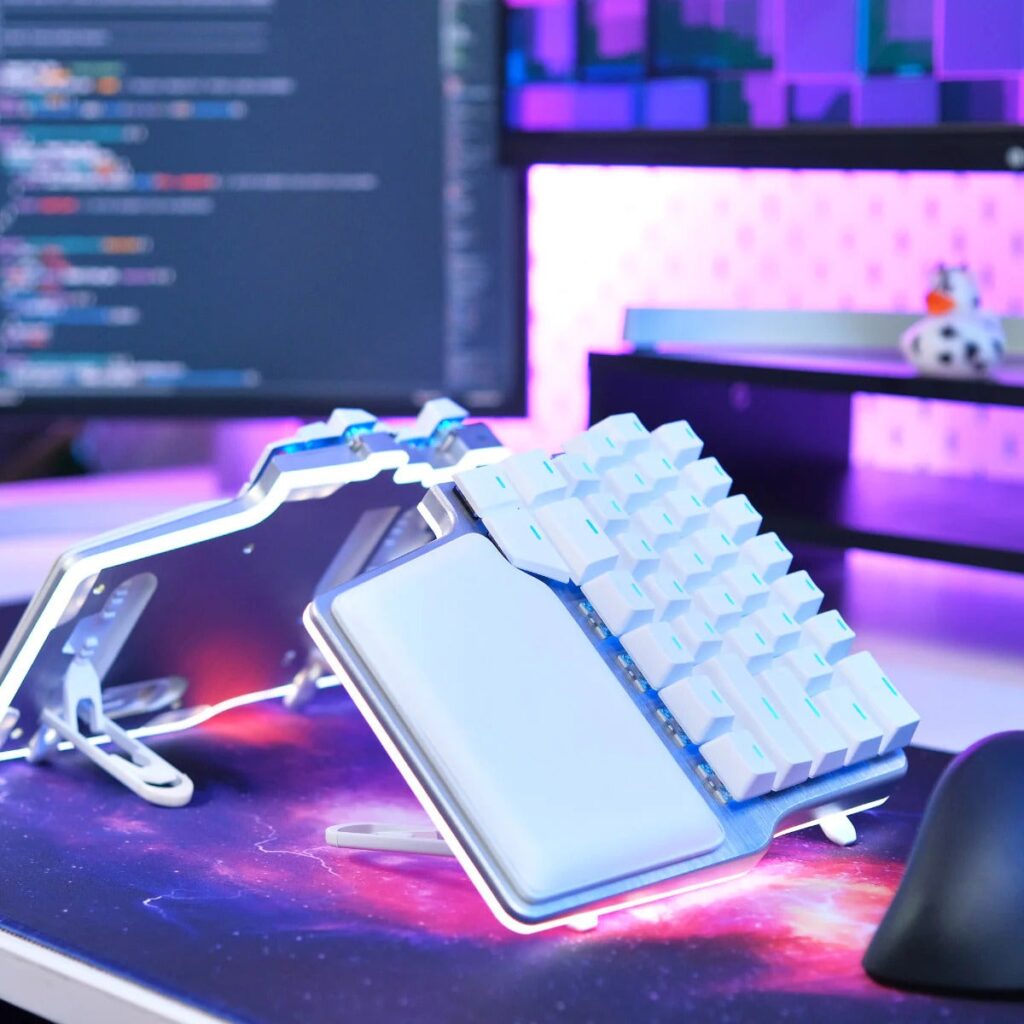
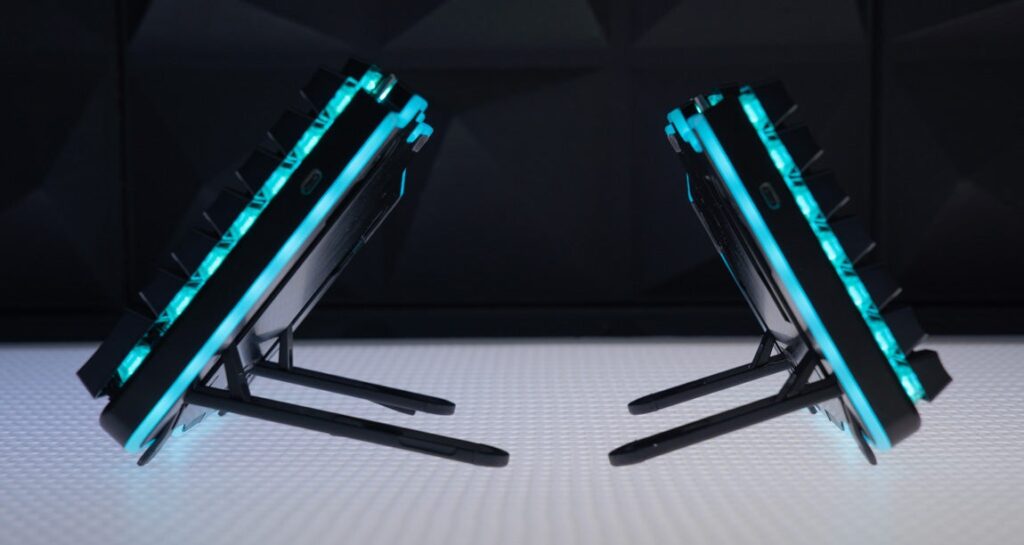
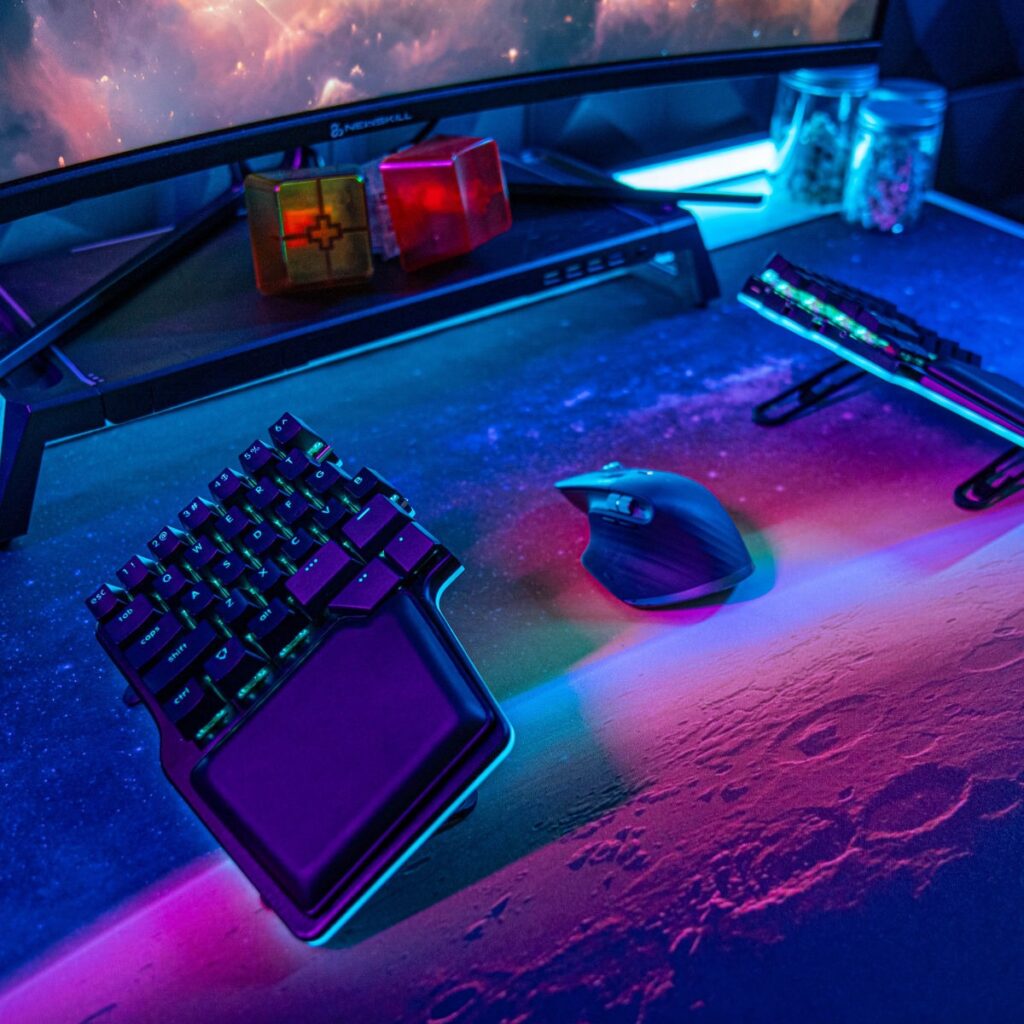
First, it’s a split keyboard, meaning your hands can be spaced further apart, at about shoulder width; and secondly, related to that, they can be rotated slightly inward, to match where your hands naturally fall. Finally, its “Raise” name comes from being able to “tent” the keyboard at various angles, from completely flat to a steep 60 degrees, where you type sideways, against the keyboard.
It’s very unique, and the first hour using it is a rollercoaster ride; first being impressed by the cold metal construction, beautiful felt-lined travel case, handy accessories, and great look, but then running straight into the steep learning curve that comes with actually typing on the keyboard.
In order to arrange the keyboard in such a way that it can be split and rotated, the shortcut keys aren’t quite in their usual spaces, but moved to the centre, controlled by your thumbs. These can be remapped, but the layout is fundamentally untraditional, and it’s still a hard change, particularly for users who’ve built muscle memory for complex shortcuts.
The purpose of an ergonomic keyboard is that your hands should be comfortable, natural, and shouldn’t need to leave the keyboard surface often; but for over a week, it was a chore to do even basic shortcuts, like going to the start of a line, or selecting four words and cutting them.
This did get better over time, but for the first weeks, even basic shortcuts would result in my accidentally turning the RGB lights of the keyboard off, or deleting a line, sending me rushing for Ctrl + Z, which I struggled to find.
Even if you don’t regularly use shortcuts, a keyboard like this is still hard to use, as it is also built assuming you comply with perfect touch-typing rules. If you don’t, and for example, type “B” with a different hand depending on the word flow, then adjusting can be a struggle, and there are an endless number of small invisible typing habits that turn into hurdles on a split, raised board
With patience though, you can really get the flow of this board, and after a few weeks, I was starting to get close to my normal speed, and able to fall into flow states whilst using it. You also don’t need to go split, twisted, and raised all at once; the keyboard can be used together as a classic flat keyboard, and gradually tweaked; and there is no keyboard that can be adjusted as comprehensively as the Raise.
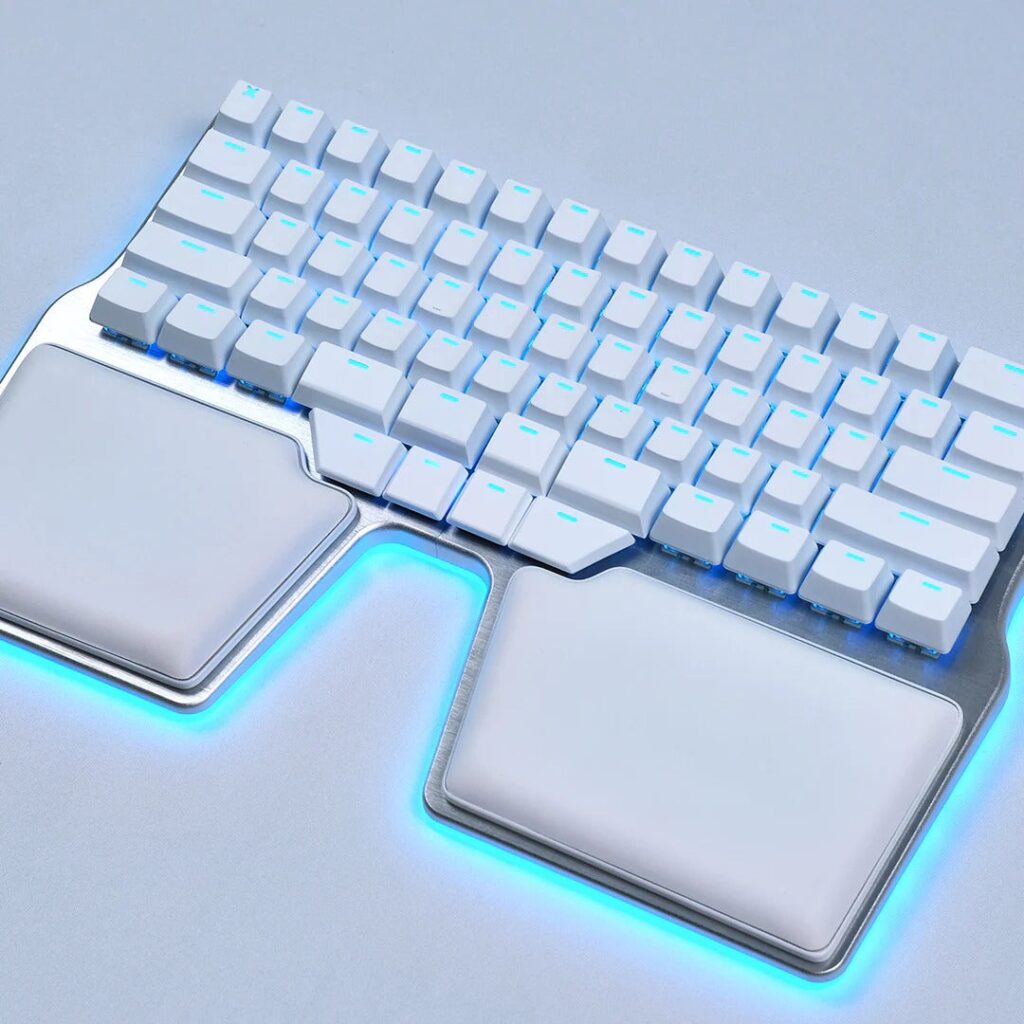
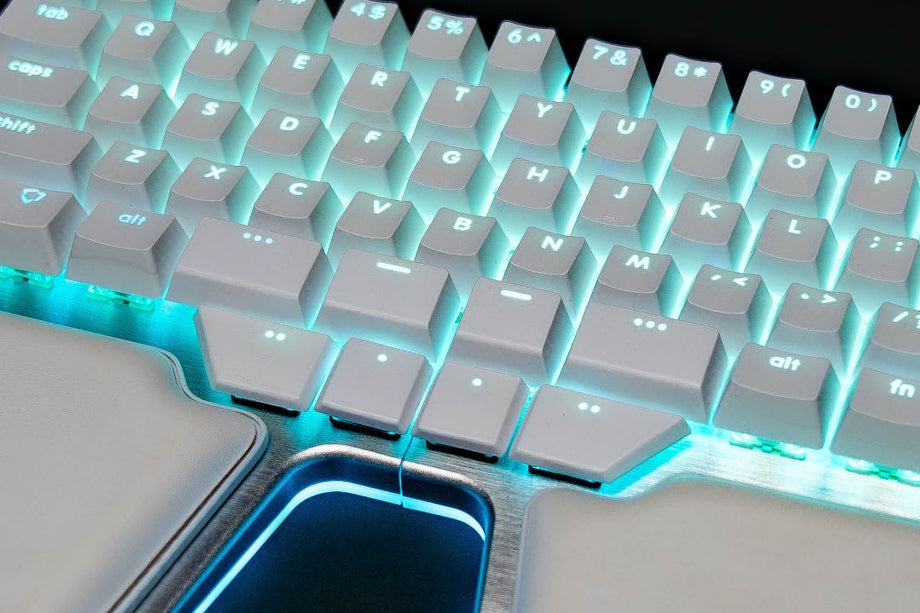
My only real quibble is — as it so often is for nice things from small companies — the price. The Raise 2 starts at $369, with a pre-order saving that brings it down by about $70; but this is for a wired version, without tenting, and without lighting; elements that I would view as essential for buying this keyboard.
A version including all three will run you $619; and even with a pre-order savings of $110, that’s still $509.
It’s an expensive keyboard; but there’s nothing quite like it, and I know tech reporters who bought the first generation some years ago, still use it every day, and wouldn’t think of switching boards.

